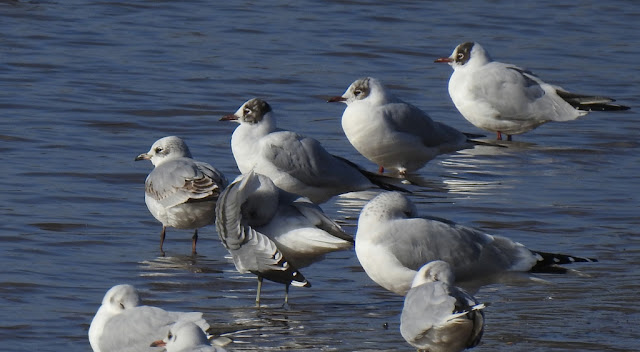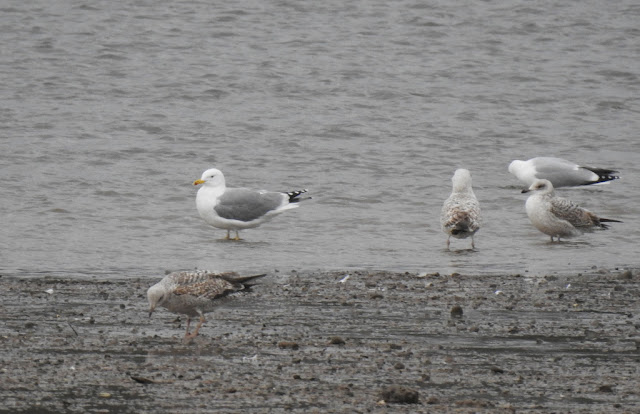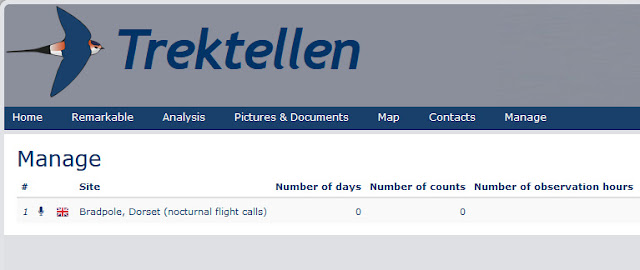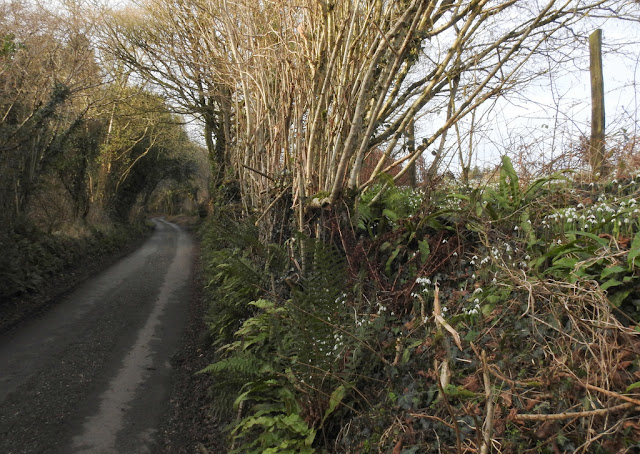January is an easy month to get excited about. The new start, the blank sheet (in some cases literal, as birders crack open a pristine notebook) and every species an addition to the nascent year-list. January is a hard act to follow...
And so it has sometimes proved in years past, with February a big let-down. But this year has been different. Instead of covering the same ground I did in January, and experiencing the inevitable law of diminishing returns, I ventured inland to areas I have previously given little or no attention. And it has been a revelation. To be fair, my species list hasn't increased hugely (from 89 to 101) but the enjoyment quotient remains pleasingly high.
I could single out a few birds which provided special moments, but it seems a shame to reduce this month to a list of species when other factors contributed just as much to February's highlights as the birds themselves. My main pleasure has come from simply broadening my horizons and trying out a few quiet corners of my local area. Quiet corners where birders rarely go. The usual word is 'underwatched' but I wonder if 'unwatched' might be more appropriate in some cases.
One such area provided me with 130+ Stock Doves and four Little Grebes. No big deal maybe, but Little Grebe was a year tick and the Stock Dove count higher than any recorded in the latest Dorset Bird Report! A new spot for me, made very memorable by two common species. Context is everything...
 |
| Little Grebe, this one photographed at West Bexington yesterday |
At this rate I might have to start calling myself a birdwatcher rather than birder! But seriously, easing right off the throttle has been very good for me this past couple of years, and I can honestly say I am enjoying my birding at least as much as I ever have.
I've had the nocmig kit out on 14 nights since the 6th, and at the moment there are three species on my nocmig list which have yet to feature in any other way: Barn Owl, Curlew and Oystercatcher. In fact Oystercatchers have flown over, calling, on four nights so far. Where are they off to? Fascinating.
In a month's time there should be one or two summer migrants on the #LocalBigYear list, and last year there was a bonus Laughing Gull too. Also in March 2021, Long-tailed Duck, Eider and Pochard. I've always considered March one of the better months for wildfowl goodies, so here's hoping. But as for vagrants, well...
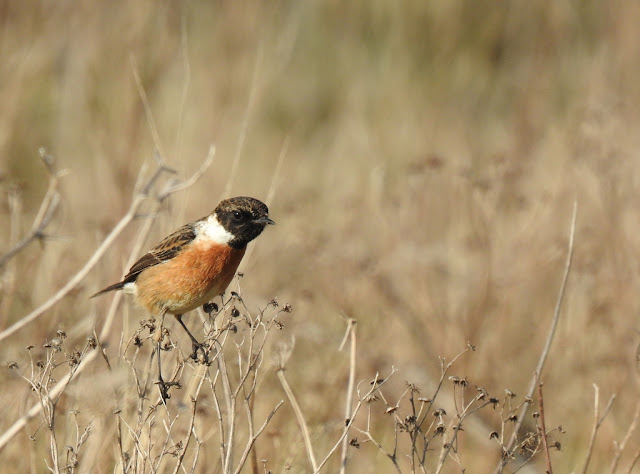 |
| Photogenic Stonechats are a feature of every month, thankfully. |



